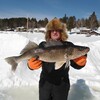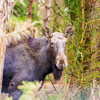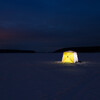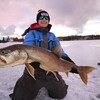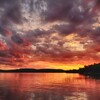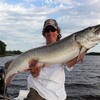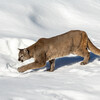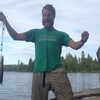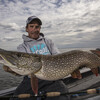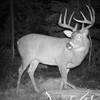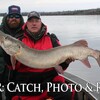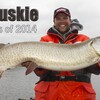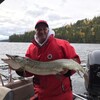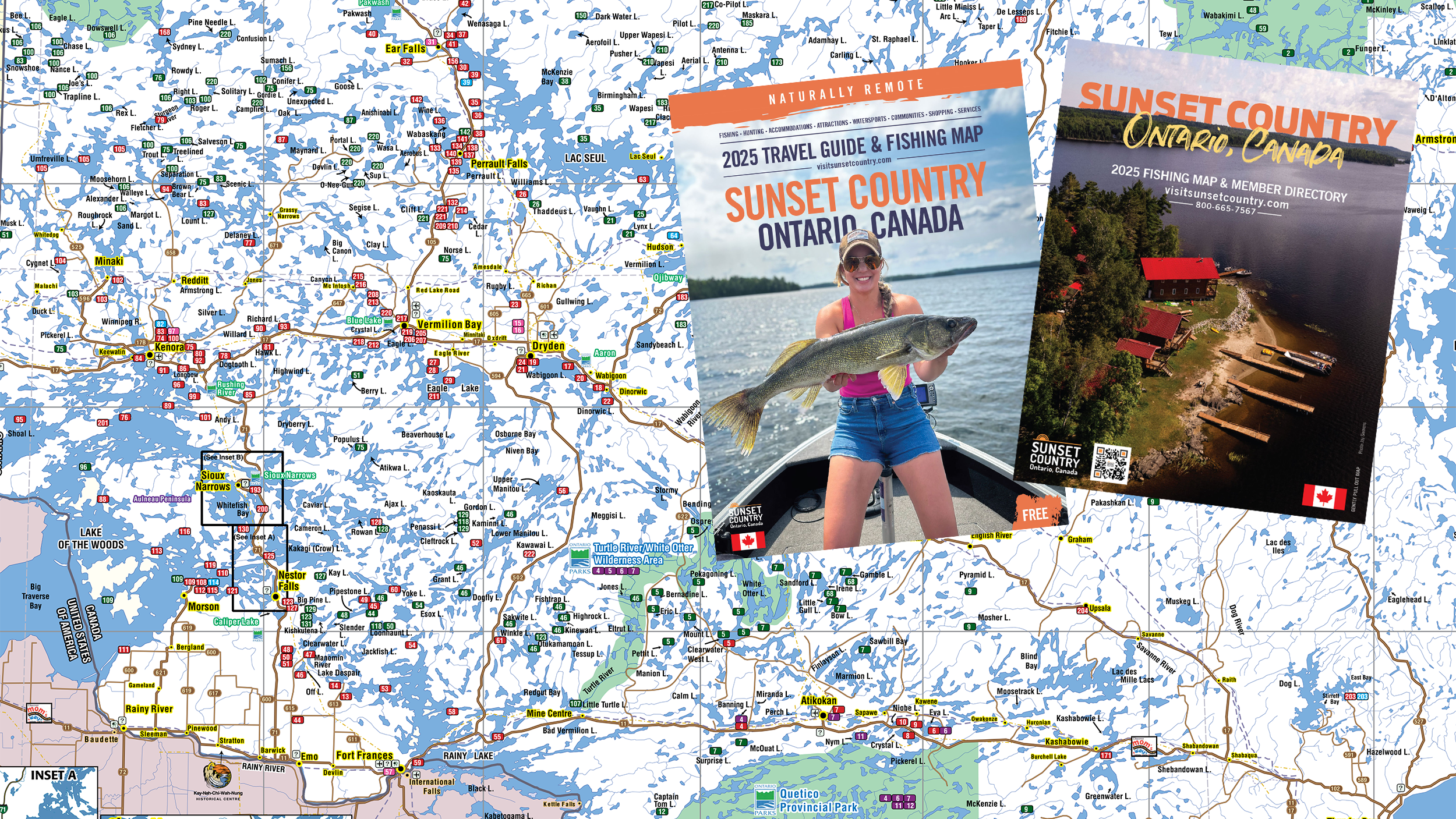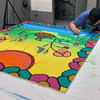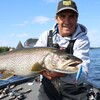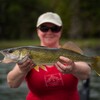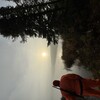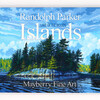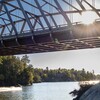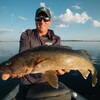A Visit to Dryberry Lake
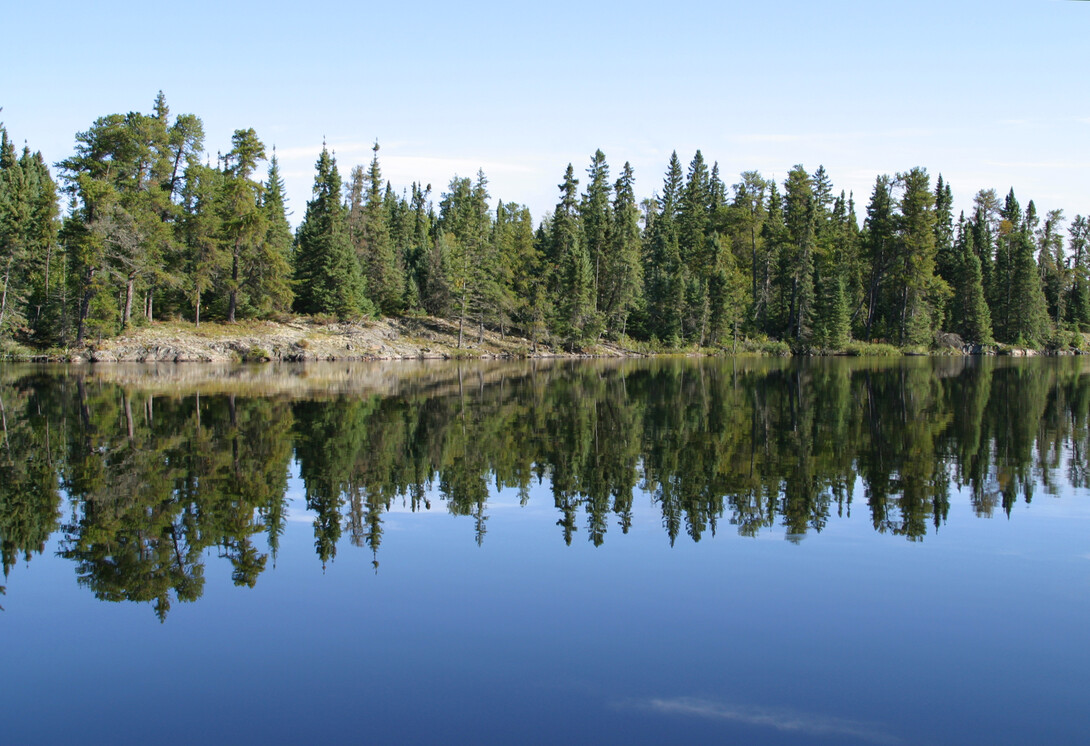
My first trip to Dryberry Lake was way back in 1980 when I was 17 years old. Friends of mine from high school, Mike Pynoo, Tick Rowson, and I were camping on nearby Hillock Lake when we decided to take the portage into Dryberry. No canoe, just hiking. It was pretty rough going, so we were happy we didn’t have the canoe and when we finally got there, we were somewhat exhausted – and each of us had about a pint less of blood as we had forgotten the bug spray back at camp. Anyway, what we saw was awe-inspiring: a lake with crystal clear water, sea green in colour, and with rugged, massive outcrops. It was a definite "note to self" kind of moment where I thought "I’ll have to come back here again…"
Well, That Took Awhile!
It only took me 23 years, but I did end up going back, this time with a friend who owned a local resort, and we were going trout and muskie fishing! I have been returning ever since, almost always to fish, but sometimes just to go in and see the lake from the landing. I’d say I have gone into the lake at least 45 times since 2002, and I love it more and more each time I go. This lake has a spirit to it, its own unique way of grabbing you gently, and you don’t want it to let you go.
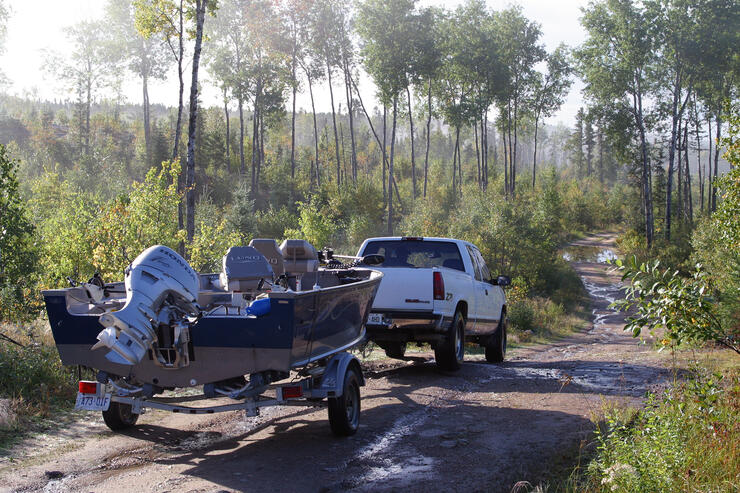
The Road in is Rugged
The road in from Highway 71 is neither conspicuous nor for the faint of heart, and unless you have a truck (and it is recommended you have a 4x4), the Dryberry Lake Access Road is not for you. Located on the east side of the Highway just before Graphic Lake, if you’re driving in a southerly direction or just after Graphic Lake in a northerly direction, you have to be on the lookout as there are no signs marking the road anywhere. Once you find the road and go down it for the first 100 or so yards, pull over and check your load and your boat and batten down the hatches, as the condition of the road deteriorates significantly the further east you go.
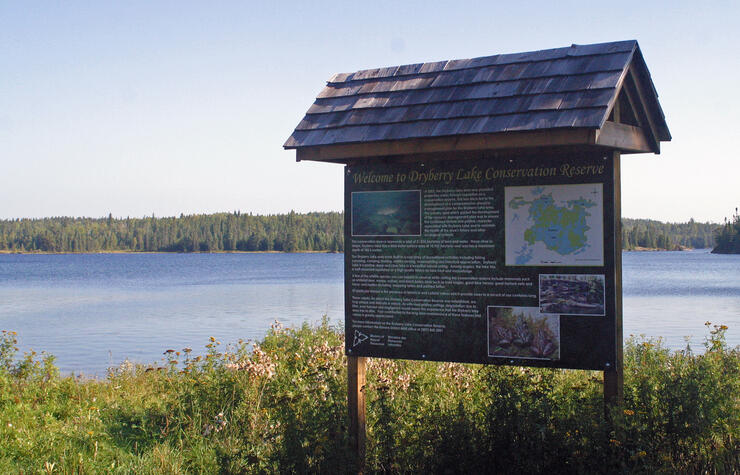
Big, Big Fish!
You’ll arrive at the landing about half an hour later and be greeted by a cool sign the Ontario Ministry of Natural Resources put up, informing people that the lake is a designated Conservation Reserve. It has info on the lake’s size, depths, and fish, focusing on the incredible population of lake trout. Dryberry is known for its large number of lake trout who like its deep cool waters and abundant forage. Update: The sign has now been removed but the good news is there is a new dock and the boat launch/landing has been considerably improved.
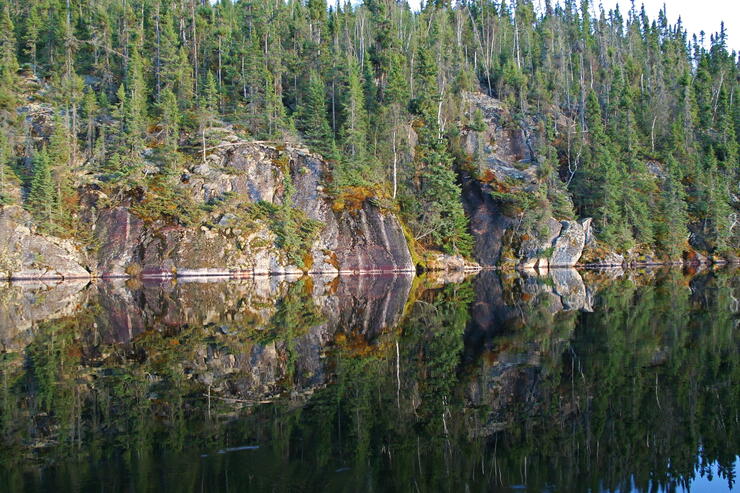
In addition to the trout, Dryberry supports a unique-looking population of large muskie as well as trophy bass. I have also caught pike in the lake, but have yet to see a walleye anywhere. Honestly, I don’t think the lake supports walleye, although I could be wrong; I don’t go there to fish for walleye, it is the trout, muskie, and bass that I like to catch.
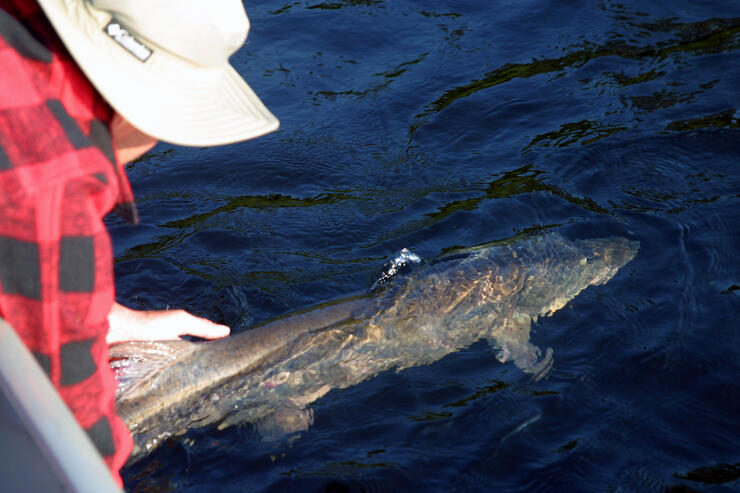
A Magic unto its Own
The magic of Dryberry is that while it is a trophy-class fishing lake, surprisingly it’s not the fish that draws me there time after time; it's the majesty and sheer beauty of the place. I find the lake brings me to my “happy place”, where any problems I may have at hand or issues I’m dealing with simply melt away. Dryberry Lake’s beauty makes it a popular destination for paddlers, and you will often see a canoe or kayak camped along its shores. The lake also has several beautiful waterfalls and if you know where to go, some ancient pictographs on its many rock walls.
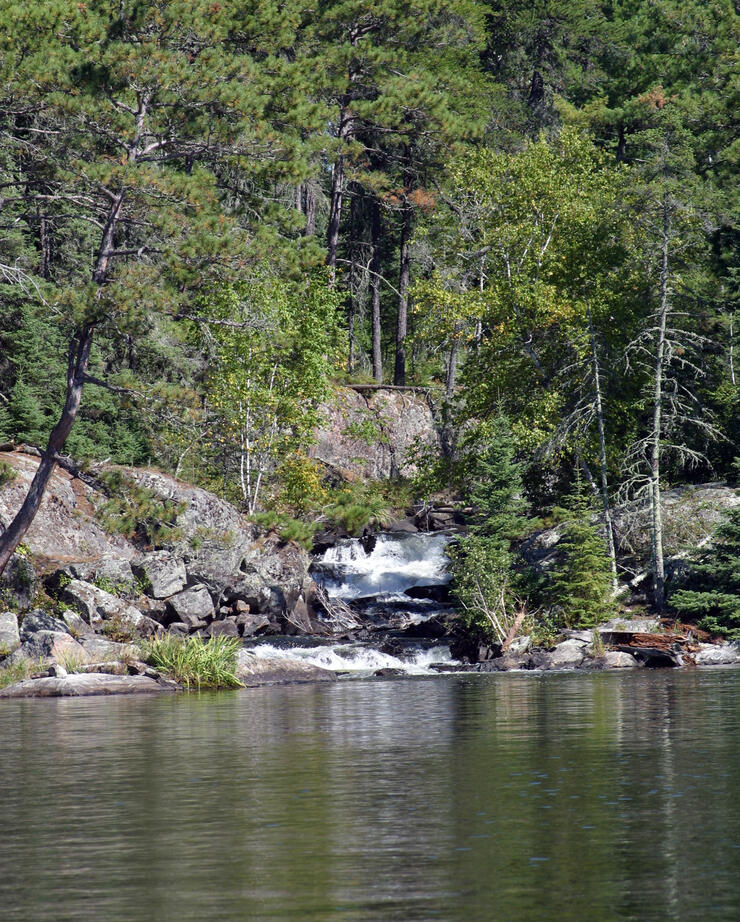
While it takes some work to get into this lake, it is definitely worth the effort. Important to note is the fact that Dryberry is part of a restricted zone for non-resident campers, but Americans can go in and out on the same day to fish, paddle, or just enjoy the lake and everything it has to offer. If you’re a Canadian resident, you can camp right along its shores. As many times as I’ve been here, there is still about 80% of the lake I have not seen so my retirement schedule (whenever that begins) looks pretty booked up with more trips into wonderful Dryberry Lake.
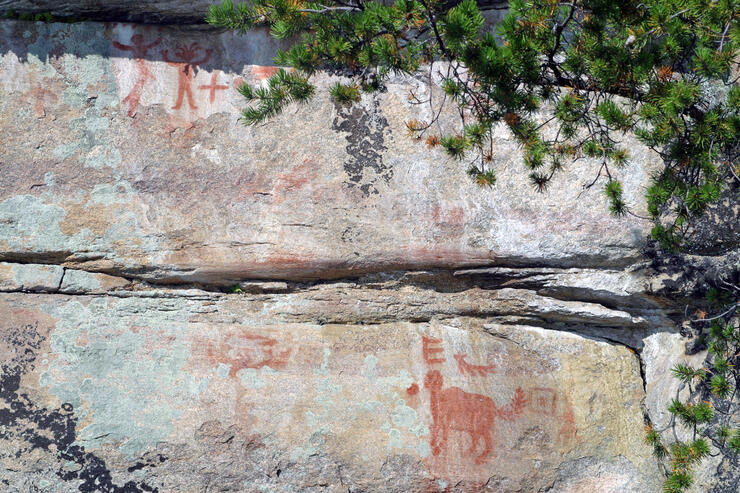
Some Resources:
Rushing River Provincial Park is a short drive north of the Dryberry Lake access road and a great location to camp if you’re from the USA. You’ll go in and out of Dryberry on a daily basis!
Township of Sioux Narrows-Nestor Falls is located about a 15-minute drive south of the Dryberry Lake access road and is another location you can stay if you’re from the USA. There are many private campgrounds here as well as Sioux Narrows Provincial Park.
Email me at gerry@visitsunsetcountry.com if a trip to Dryberry Lake is something you think you’d like to do. I would be happy to talk to you about my favourite place on the planet!
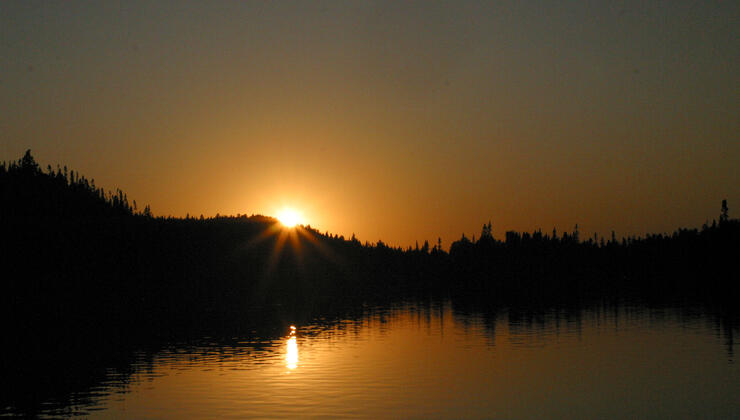
Recommended Articles

Is the 1,400 Kilometre Drive to Northwest Ontario For a Fishing Trip Worth it?
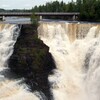
8 must-see waterfalls

6 Ways to Get Your 10,000 Steps This Fall

Top 5 Reasons You Should Be Fishing in Morson, Ontario

Discover The Winnipeg River

Enjoy Sunset Country's Fall Colours on Your Next Road Trip

Fishing in the Fall?

6 Reasons to Book a Fall Vacation to Sunset Country

10 Reasons to Avoid Ontario’s Sunset Country

Heading Across Canada?

A Guide to Sunset Country Museums
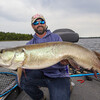
The Promised Land: Best Muskie Fishing in Ontario

Fall Fishing Tips
5 Essential Boreal Experiences in Ontario's Sunset Country

5 Obscure Facts About Northwestern Ontario: Were You Aware of These?
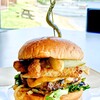
Great Food in Relatively Unknown Places
Outdoor Medicine

A Guide to Bringing Your Pets on Vacation to Canada

There's more than just fishing in the Red Lake Region

5 Amazing Sights You Can Only See By Boat

Going Fishing in Canada?

Going fishing in Ontario?

Outdoor Adventure in Ontario's Northern Paradise
Planning A Family Fishing Trip to Canada

Tips from a Fishing Legend


